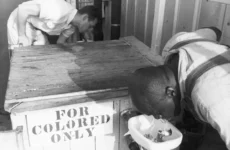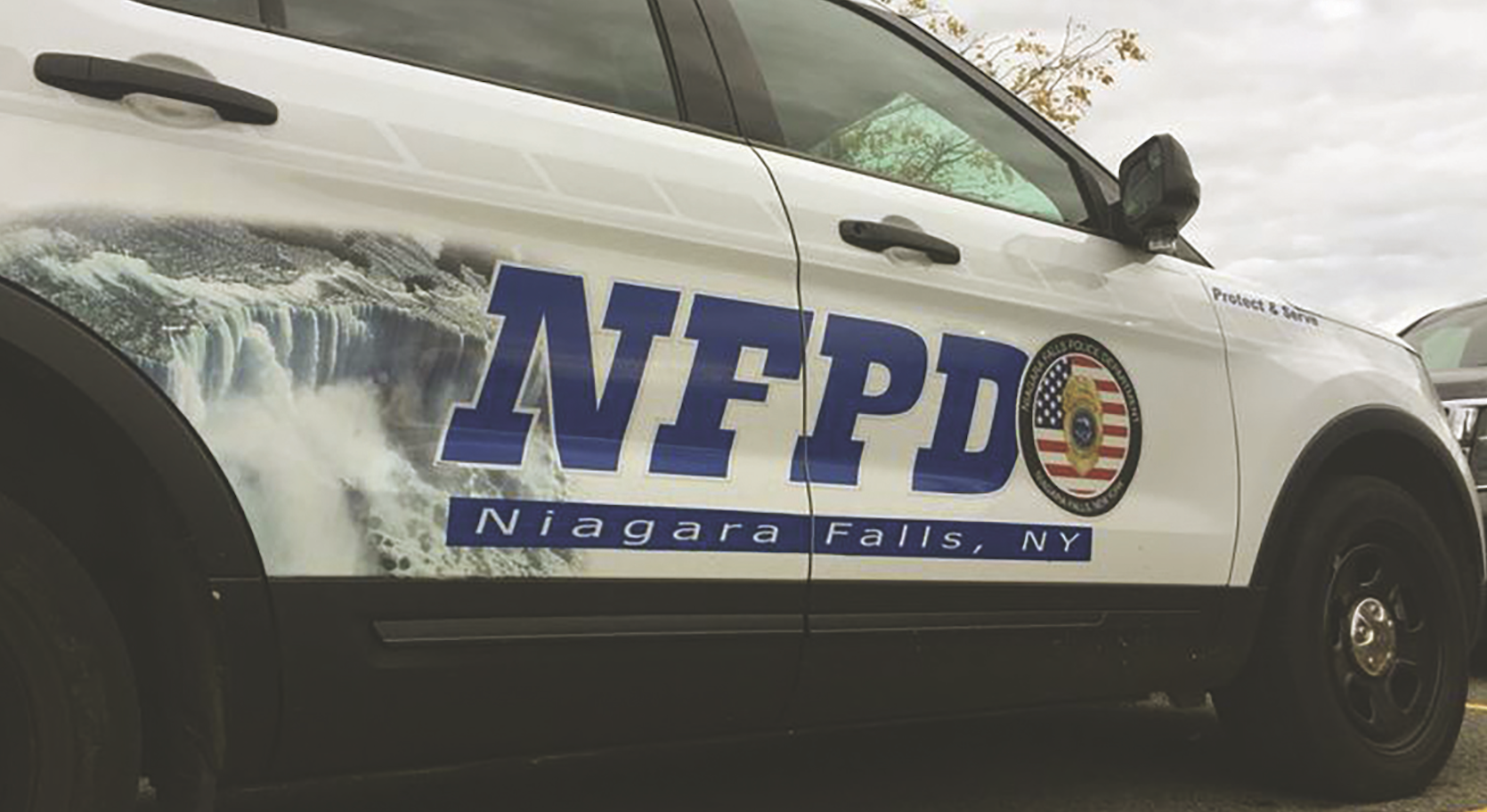By Randy Palladino;
It’s been almost three years since the water crisis in Flint, Michigan first hit the news and brought renewed attention to this country’s lead problem. But as bad as the situation in Flint continues to be, new data from state health departments and the Centers for Disease Control and Prevention (CDC) shows that thousands of areas in the U.S. have even worse lead problems. Children in almost 3,000 U.S. neighborhoods show lead poisoning rates at least twice as high as those measured during the peak of Flint’s lead crisis. More than 1,100 of these communities had rates at least four times higher.
The list of cities with lead problems includes both large urban centers and rural towns. Most, like Flint, are concentrated in the Northeast and upper Midwest. Many of these neighborhoods have other major issues in common with Flint. The first is that the majority of lead poisoning in children can be attributed to legacy lead – lead left behind in old paint, outdated plumbing or industrial waste. The other is a serious lack of funding to remove, repair or replace old sources of lead in these communities. Both of these issues present major obstacles because, lead tends to stick around, especially in the bodies of young children. Even low levels of lead exposure can lower a child’s IQ, cause developmental delays, contribute to ADHD and lead to behavioral problems. Acute exposures can be even more severe, causing irreversible brain damage, convulsions, coma or even death. The CDC estimates that four million households in the U.S. have high lead levels. But that number may even underestimate the problem, as public health funding to track BLLs in children continues to decline. In some communities, expired grants from the Department of Housing and Urban Development are the cause. In others, overworked health department employees can barely keep up with child immunization programs, let alone lead testing.
The Environmental Protection Agency’s Renovation, Repair and Painting program requires any work that disturbs lead-based paint in homes, child care facilities and pre-schools built before 1978 be done by workers certified in lead-safe work practices. The widespread problem of legacy lead isn’t going to go away overnight or on its own. It’s going to take a team effort that includes funding from state and federal agencies, increasing public awareness and a serious commitment to replace or remediate outdated buildings and infrastructure. Getting this toxic substance out of our communities starts with removing and replacing lead in outdated water service lines, in buildings and on bridges. Until more federal and state funding to combat this problem is made available, like it finally was for those in Flint, the long-term health of millions of Americans and their children will continue to be put at risk.




















